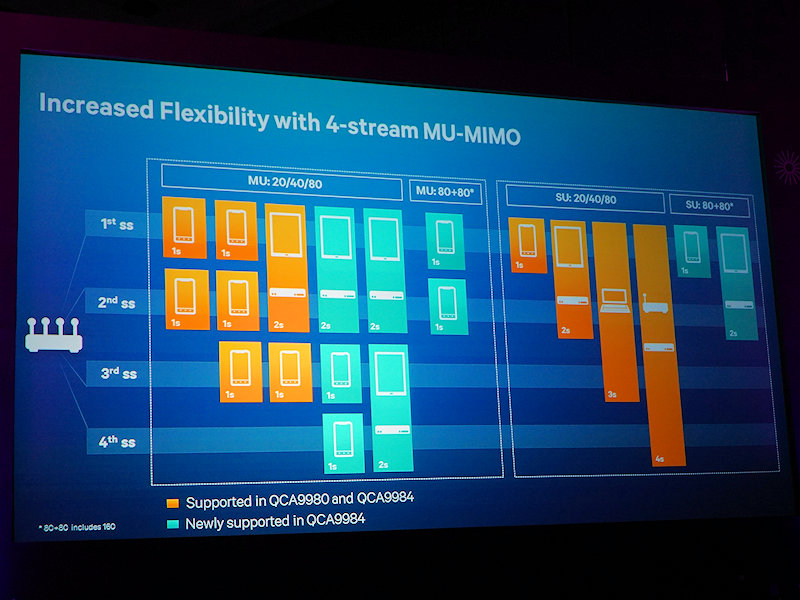I am deciding which router to keep between 2 AC2600 MU-MIMO routers, the Linksys EA8500 and the Netgear X4S R7800. I updated to latest firmware in both and did some speed tests at different distances from the router to see which is faster.
The Linksys EA8500 gets faster download speeds consistently by around 20Mbps when testing with speedtest.net and Comcast’s speed test when I get to around 30 ft. from the router. But when I check the speed in Windows 10 WiFi Status and OS X link speed, the Netgear X4S does better, going up to 760Mbps, where the Linksys doesn’t get above 650 Mbps. It’s always changing but the Netgear consistently shows higher speeds than the Linksys router.
So my question is which test do you go by, the speedtest.net or the wifi/link speed?
The Linksys EA8500 gets faster download speeds consistently by around 20Mbps when testing with speedtest.net and Comcast’s speed test when I get to around 30 ft. from the router. But when I check the speed in Windows 10 WiFi Status and OS X link speed, the Netgear X4S does better, going up to 760Mbps, where the Linksys doesn’t get above 650 Mbps. It’s always changing but the Netgear consistently shows higher speeds than the Linksys router.
So my question is which test do you go by, the speedtest.net or the wifi/link speed?


